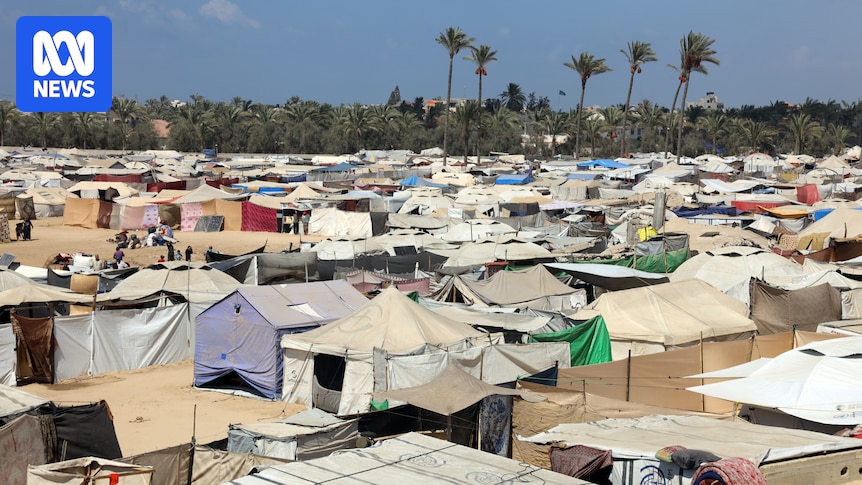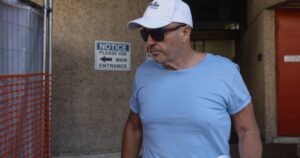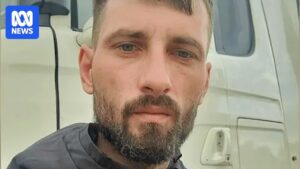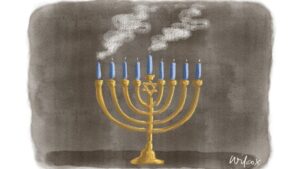
A month into the fragile ceasefire in Gaza, a tentative sense of normalcy has returned to some areas as markets reopen, children head back to school, and a handful of restaurants welcome customers once more after two years of conflict. However, the devastation across the strip remains overwhelming, with significant portions still under Israeli military control, leaving hundreds of thousands of Palestinians in a state of limbo, unable to return to their homes.
This division has sparked concerns within the community about the potential creation of two distinct Gazas, neither of which would be suitable for the population to live in. Separating the Israeli-controlled Gaza, which accounts for more than 51% of the strip, from the areas vacated under the US-brokered deal is a line of large yellow blocks. These have been placed by the Israel Defense Forces (IDF) to deter the Palestinian population from crossing.
Uncertain Peace and the ‘Yellow Line’
The prospect of peace remains elusive for many Palestinians, as Israel continues to launch strikes across the strip in response to alleged violations of the truce by Hamas. With no clear timeline for the IDF’s withdrawal from the strip, some fear they will never be able to cross the “Yellow Line.”
US President Donald Trump’s 20-point peace plan stipulates that Israeli forces will continue their phased withdrawal and that reconstruction of parts of Gaza will commence once key conditions are met, including the return of all remaining hostages and the disarming of Hamas. However, the initial agreement provides scant details beyond the first phase.
The Human Impact: Stories from the Ground
Among those unable to return home is Kamel Al Sheikh, 54, who left Shejaiya, on the eastern edge of Gaza City, soon after the war erupted in October 2023. Shejaiya has been one of the hardest-hit areas, as the IDF launched a campaign to take control and occupy Gaza City in the weeks leading up to the ceasefire.
“It’s forbidden, it’s beyond the yellow line,” Al Sheikh told the ABC. “I did not try [to go there], but my brothers went and could not reach the site.”
Concerns about future access to areas beyond the line are exacerbated by the rhetoric of members of the Netanyahu government. Avi Dichter, a minister and former intelligence chief, remarked, “I know some Israeli leaders that believed that Gaza will become the Singapore of the Middle East. I told them, ‘I don’t know about Singa — poor it’s going to be.'”
Military Tensions and Political Rhetoric
Israeli authorities have claimed that Hamas militants have attempted to cross the line multiple times, using these incursions as justification for opening fire on individuals they argue pose a threat to their troops. Palestinian authorities contend that some of those killed were civilians, including an incident over a fortnight ago where nearly a dozen members of the same family traveling in a bus were targeted, among them women and children.
Reports indicate that Hamas fighters trapped inside the “Yellow Line” since the ceasefire have been demanding safe passage to leave the area, a request met with objections from the Israeli Prime Minister’s office. Few who have managed to enter the zone have survived to recount their experiences.
“Beyond the yellow line, or to be more precise it is a red line that you can’t cross, and therefore we can’t go there,” Nasser Al Najjar, 65, originally from Jabalia, told the ABC.
Reconstruction and the Challenge of Disarming Hamas
Last month, the IDF indicated that areas such as Shejaiya in Gaza City and communities in the north of the strip could be among the first sites for reconstruction. A senior IDF official stated, “There are some places that are completely clear from Hamas, and we are conducting these discussions with our allies in order to create these places as the first places of the demonstration of how life could be here without Hamas, free from Hamas.”
However, without a timeline or clear indications from Israel’s political leaders, as well as Gaza’s supporters in the Arab world and the United States, such commitments remain vague. They also hinge on the disarming of Hamas, an event that has yet to occur and remains uncertain.
“I can’t believe that Gaza will be rebuilt the way that the Western countries and the Arab countries who are relevant for it think it should be, as long as Gaza Strip is dominated by Hamas directly or indirectly,” said Israel’s agriculture minister Avi Dichter.
The Future of Gaza: A Divided Reality?
Meanwhile, more than half of the Gaza Strip remains under Israeli control, inaccessible to Palestinians, with no clear end in sight. Wissam Afifeh, a journalist in Gaza, argues that Trump’s peace plan has facilitated the ongoing “partition” of the strip, reflecting the demands of the Netanyahu government during negotiations.
“More than 51% of the Gaza Strip is under the control of Israel, and that means that a large part of the population is suffering from displacement,” Afifeh told the ABC. “This also means that the ingredients to explode the ceasefire agreement are there.”
Afifeh, who has worked as editor-in-chief of the Al Resalah newspaper and chairman of Al Aqsa TV, both run by Hamas, believes there is an attempt to create “two Gazas — one under the auspices of Israeli security and the other Gaza as a refugee zone to so-called ‘terrorists.'” He warns that this embodies an Israeli vision of emptying at least half of the Gaza population.
As the situation remains tense, the future of Gaza hangs in the balance, with the potential for peace overshadowed by the realities on the ground and the political complexities at play.






